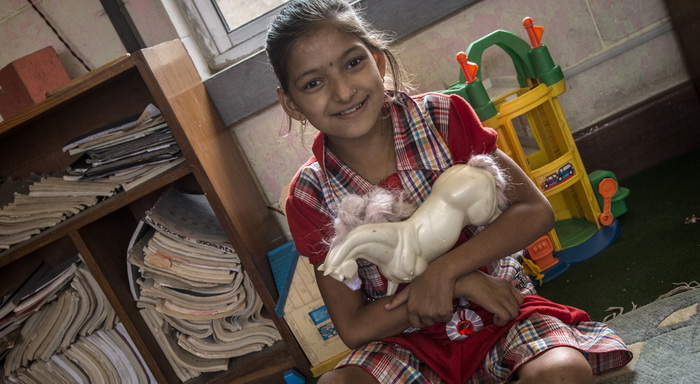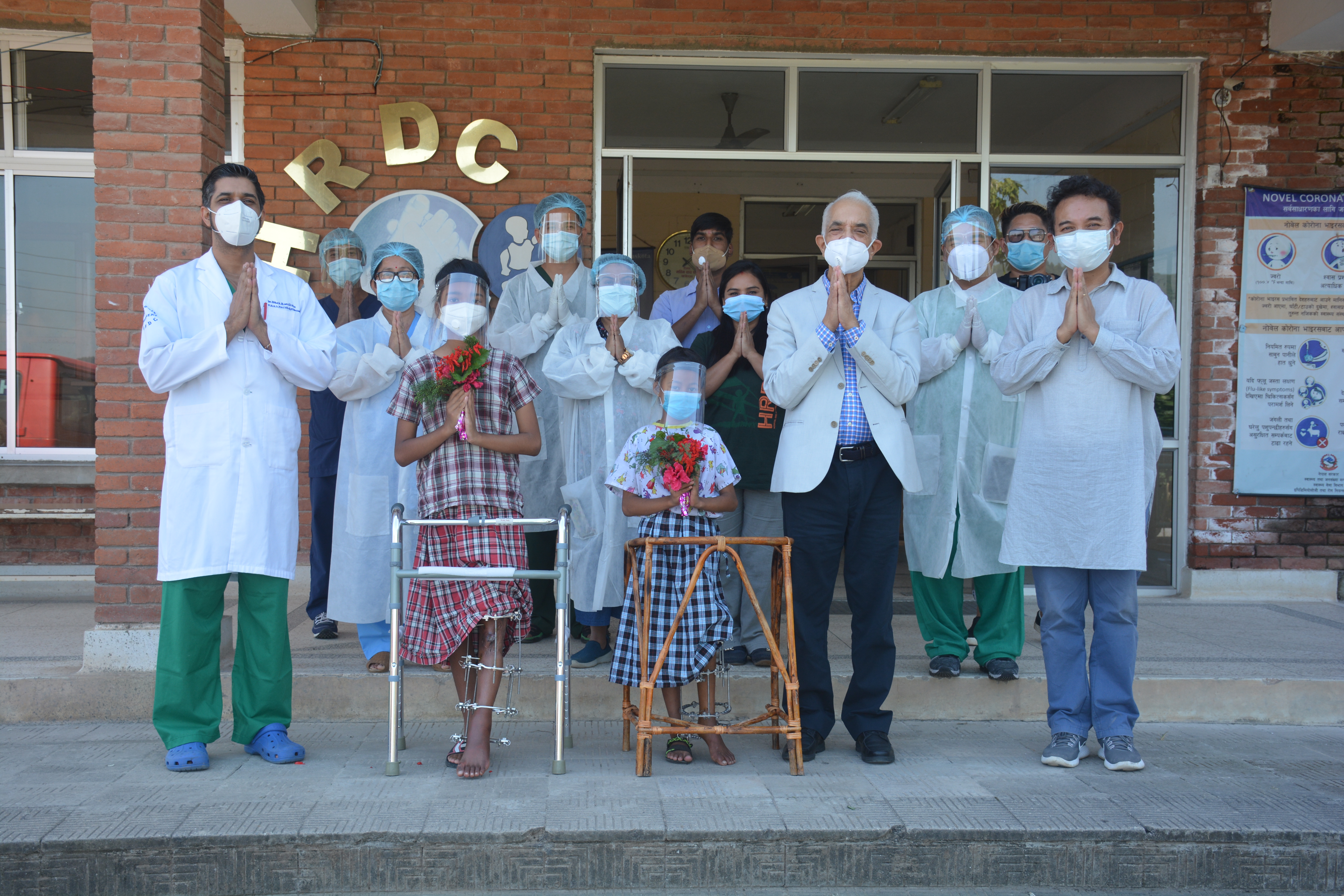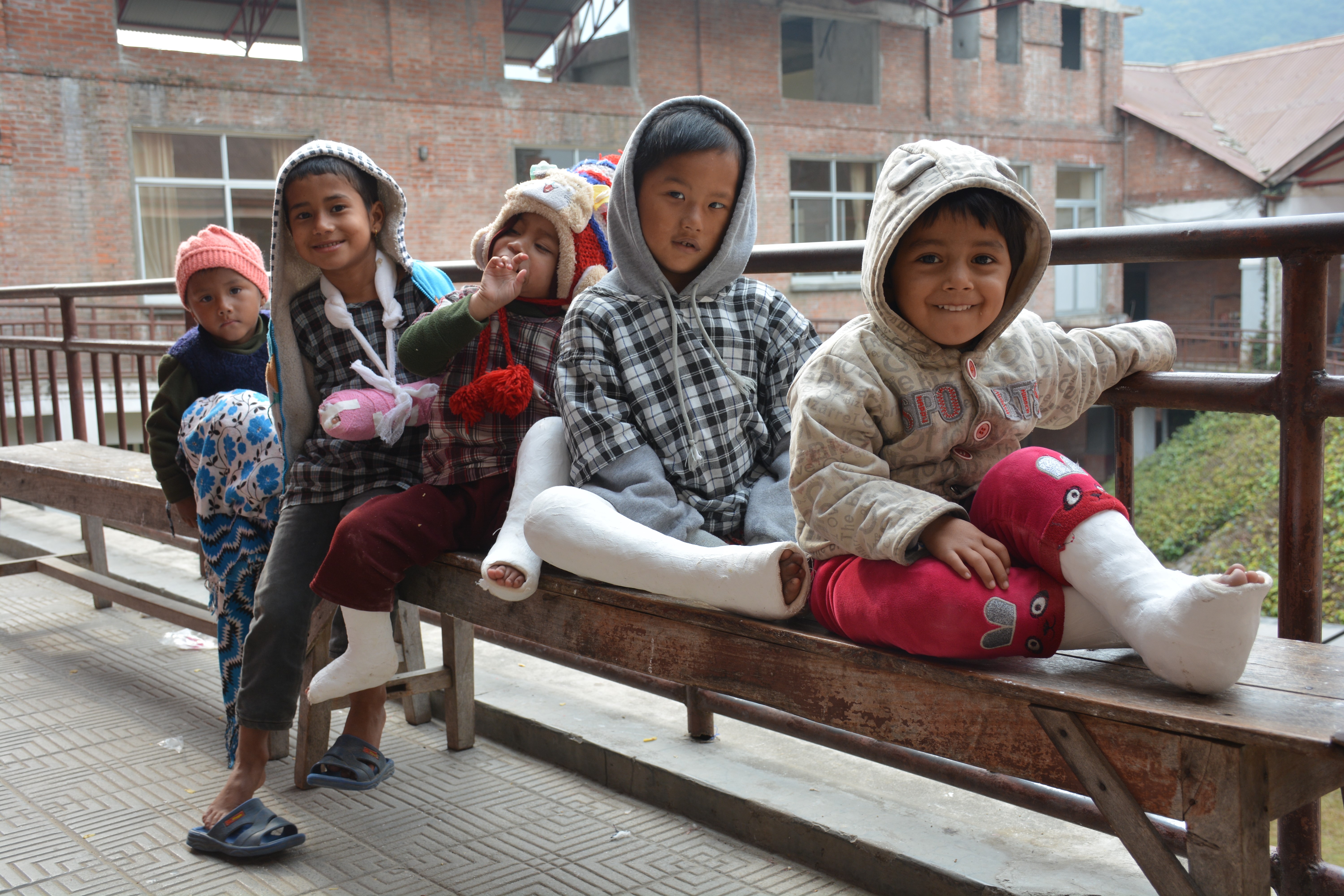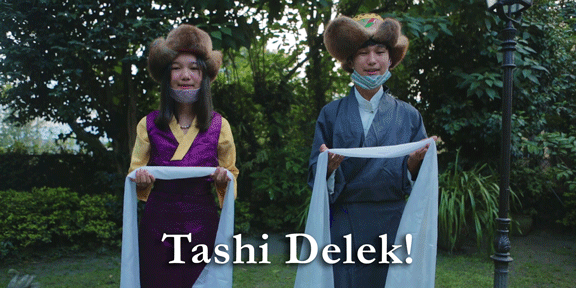The hidden toll of living with disability in Nepal

Syd Westley is sixteen andexcited to be at AHF for four weeks to lend a hand and share some reflections on what she’s learned. This is her 4th blog entry:
Although I could never speak for a disabled person myself, life with a disability in America has significantly improved over the last few decades. With the passage of the Americans with Disabilities Act of 1990, many laws have been created to prohibit discrimination against disabled people, and today wheelchair ramps, rails for toilets, and machines for pool assistance, are all common and expected sights. Though individual maltreatment is still common, overall the greater society has taken leaps towards a more equal and inclusive America.
In contrast to our paved and wheelchair-ramped cities, Nepal lacks anything close to American luxuries. The mountainous terrain, already tough to navigate for a healthy and able person, is even more challenging for those with disabilities.
Besides issues of access for the disabled, the lack of community acceptance can also take a substantial toll on a child’s emotional wellbeing. Without legs as a means of transportation, for example, a child cannot walk to school and thus loses his or her education and literacy. In an impoverished household, as well, a child with missing or nonfunctioning limbs becomes a burden on a family that relies heavily on each member to pull their weight in the fields.
Even after learning about the sheer amount of pain the children must endure, what resonated with me most were the non-physical ways in which they suffer. Without the awareness that surgery is even an option, most children feel condemned to a life of rejection and worthlessness. Life in Nepal is challenging enough for a normal child; to be given this extra sentence can feel unbearable. A step even further than just garnering feelings of isolation and self-deprecation, many kids choose to act on these emotions. I read multiple cases of children who left their families, feeling burdensome and alone, only to travel and find jobs which proved more injurious to their limbs.
However, what also stuck out to me were HRDC’s concerted efforts to counter the detrimental side effects of disability. As opposed to normal American hospitals, most of which just provide simple surgeries and physical therapies, HRDC works tirelessly to rebuild the confidence and social skills of their patients. With a tender and loving hospital environment and HRDC’s assistance in societal reintegration, the kids are all smiles. And this, to me, is what makes the HRDC so special. To see the happiness of these kids, a happiness I can feel across the world, is touching. But to know that these are kids who once lacked connections and friends, not to mention their health, and are now beaming at a camera and able to move freely – that is even more powerful.


